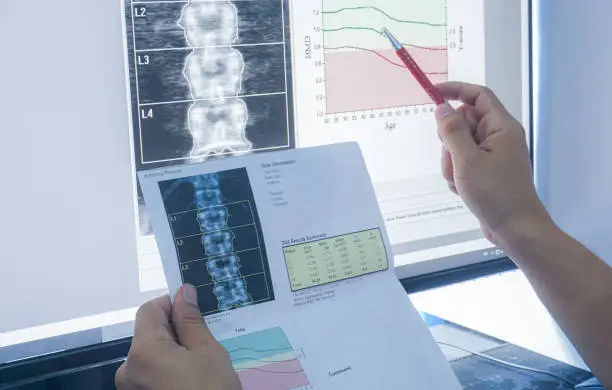Overview:
Bone wellbeing could be a basic angle of by and large well-being, especially as we age. Bone thickness looks are basic demonstrative apparatuses that offer assistance evaluate bone wellbeing, distinguish conditions like osteoporosis, and direct treatment plans. This web journal will investigate everything you wish to know approximately bone thickness filters, counting what they are, why they are essential, what to anticipate amid the strategy, and how to decipher the comes about.
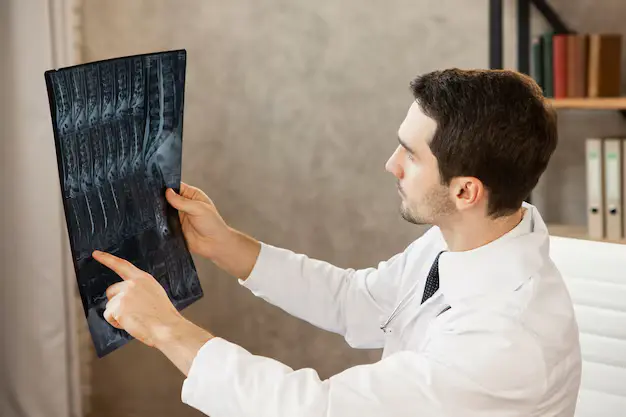
What is a Bone Density Scan?
A bone density scan, sometimes referred to as a Dual-Energy X-ray Absorptiometry (DEXA or DXA) scan, is a diagnostic procedure used to determine the amount of bone mineral density (BMD). For determining fracture risk and diagnosing osteoporosis, it is the most popular and trustworthy technique.
What is it Used For?
- Osteoporosis and osteopenia (a condition where bone density is lower than normal but not low enough to be classed as osteoporosis) can be diagnosed by bone density scans.
- Evaluate your risk of fractures.
- Keep an eye on how your bone density varies over time, particularly in relation to how treatments for osteoporosis or other disorders affecting the bones work.
- Analyse how well osteoporosis drugs are working.
Why Do I Need a Bone Density Scan?
You may need a bone density scan if you:
- Are a postmenopausal lady not taking estrogen.
- Have a individual or family history of breaks.
- Utilize drugs that can cause bone misfortune, such as corticosteroids.
- Have a therapeutic condition related with bone misfortune, like rheumatoid joint pain.
- Involvement a diminish in tallness or have had a past break.
- Have a way of life chance calculate such as smoking, intemperate liquor utilization, or low body weight.
What Happens During a Bone Density Scan?
During a bone density scan:
- You’ll lie on a cushioned table.
- The DEXA machine will pass over your body, emanating low-dose X-rays to degree bone thickness, ordinarily centering on the hip and spine.
- The method is effortless and takes almost 10-20 minutes.
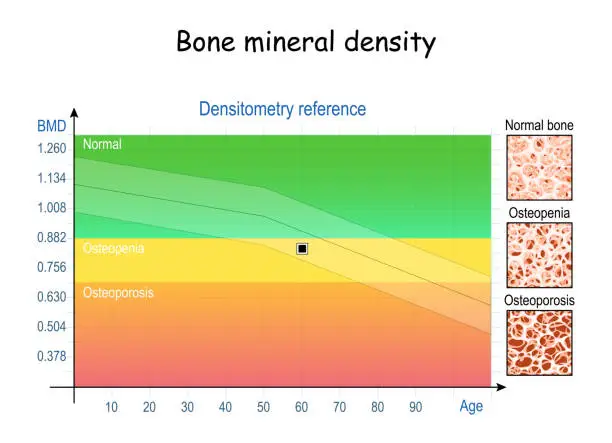
During a Peripheral DEXA (p-DEXA) Scan:
A fringe DEXA (p-DEXA) check measures bone thickness within the wrist, heel, or finger:
- The strategy is comparable to a central DEXA filter but centers on fringe bones.
- It is frequently utilized as a preparatory screening device or when central DEXA isn’t accessible.
Will I Need to Do Anything to Prepare for the Test?
Preparation for a bone density scan is minimal:
- Maintain a strategic distance from taking calcium supplements for at slightest 24 hours some time recently the test.
- Wear free, comfortable clothing without metal zippers, belts, or buttons.
- Illuminate your specialist in case you have got as of late had a barium exam or infused differentiate fabric for a CT filter or atomic medication test.
Are There Any Risks to the Test?
Bone density scans are generally safe:
- The radiation exposure is minimal and significantly lower than that of a standard chest X-ray.
- The dangers of the modest radiation dosage are greatly outweighed by the advantages of osteoporosis detection and treatment..
What Do the Results Mean?
The results of a bone density scan are usually reported as T-scores and Z-scores:
- T-score: Compares your bone thickness to that of a sound youthful grown-up of the same sex. A T-score of -1.0 or over is considered typical; between -1.0 and -2.5 demonstrates osteopenia, and -2.5 or underneath implies osteoporosis.
- Z-score: Compares your bone thickness to the normal for somebody of your age, sexual orientation, and estimate. A moo Z-score (underneath -2.0) may recommend that variables other than maturing are contributing to bone misfortune.
Is There Anything Else I Need to Know About a Bone Density Scan?
A few additional points about bone density scans include:
- The check is fast and non-invasive.
- It is critical to share your total restorative history together with your healthcare supplier to guarantee precise elucidation of comes about.
- Follow-up checks may be prescribed to screen bone thickness changes over time.
What are Some Reasons for Having a Bone Density Test?
Reasons for having a bone density test include:
- Suspected bone misfortune due to age, therapeutic conditions, or medicines.
- Observing the viability of osteoporosis treatment.
- Evaluating break chance in people with chance variables for bone misfortune.
How Is Osteoporosis Diagnosed?
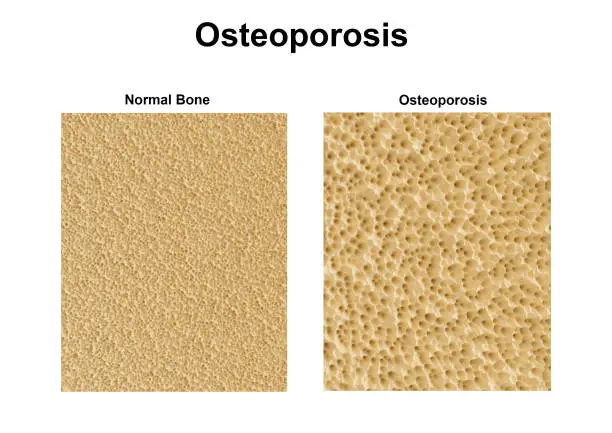
Osteoporosis is diagnosed primarily through bone density scans:
Extra tests and appraisals, counting blood tests and clinical assessment, may be utilized to recognize fundamental causes and auxiliary conditions.
A T-score of -2.5 or lower on a DEXA filter affirms a determination of osteoporosis.
Who Should Have a Bone Density Test?
Bone density tests are recommended for:
- Ladies matured 65 and more seasoned and men matured 70 and more seasoned.
- Postmenopausal ladies and men matured 50-69 with chance variables for osteoporosis.
- Grown-ups who have experienced breaks after age 50.
- People with therapeutic conditions or taking medicines related with bone misfortune.
Frequently Asked Questions (FAQs) About Bone Density Scans
1. What is a Bone Density Scan?
A bone density scan, or DEXA scan, measures bone mineral density to diagnose conditions like osteoporosis and assess fracture risk.
2. What is it Used For?
It is utilized to analyze osteoporosis, survey break chance, screen changes in bone thickness, and assess the adequacy of osteoporosis medicines.
3. Why Do I Need a Bone Density Scan?
You may need it if you are postmenopausal, have a family history of fractures, use bone-loss-inducing medications, or have conditions or lifestyle factors that affect bone health.
4. What Happens During a Bone Density Scan?
During the scan, you lie on a table while a machine passes over your body to measure bone density in areas like the hip and spine.
5. What is a Peripheral DEXA (p-DEXA) Scan?
A p-DEXA scan measures bone density in peripheral bones like the wrist, heel, or finger and is often used as a preliminary screening tool.
6. Will I Need to Do Anything to Prepare for the Test?
Preparation is minimal. Avoid calcium supplements for 24 hours before the test and wear loose clothing without metal. Inform your doctor of recent barium exams or contrast material use.
7. Are There Any Risks to the Test?
Bone density scans are safe with minimal radiation exposure, much lower than a standard chest X-ray.
8. What Do the Results Mean?
Results are given as T-scores and Z-scores, indicating bone density compared to a healthy young adult and age-matched averages, respectively.
9. Is There Anything Else I Need to Know About a Bone Density Scan?
The scan is non-invasive and quick. Share your complete medical history for accurate results interpretation and expect possible follow-up scans.
10. What are Some Reasons for Having a Bone Density Test?
Reasons include suspected bone loss, monitoring osteoporosis treatment, and assessing fracture risk in at-risk individuals.
11. How Is Osteoporosis Diagnosed?
Osteoporosis is diagnosed with a T-score of -2.5 or lower on a DEXA scan, alongside other assessments like blood tests and clinical evaluations.
12. Who Should Have a Bone Density Test?
Recommended for women 65+, men 70+, postmenopausal women and men 50-69 with risk factors, and adults with fractures after age 50.
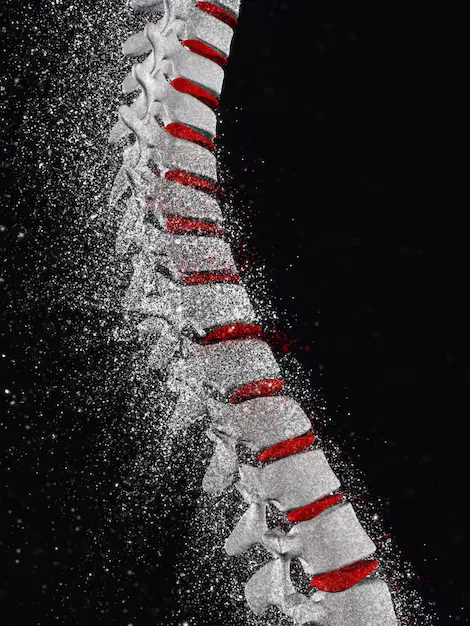
Conclusion
Bone thickness checks play a crucial part in evaluating bone wellbeing, diagnosing osteoporosis, and avoiding breaks. Understanding the significance of these checks, what to anticipate amid the strategy, and how to translate the comes about can assist you take proactive steps in keeping up your bone wellbeing. On the off chance that you’re at hazard for osteoporosis or have concerns about your bone wellbeing, counsel along with your healthcare provider around planning a bone thickness filter.
By remaining educated and proactive, you’ll guarantee that your bones stay solid and sound all through your life. Customary bone thickness tests, when shown, can give profitable data to direct your healthcare choices and advance long-term bone wellbeing.

